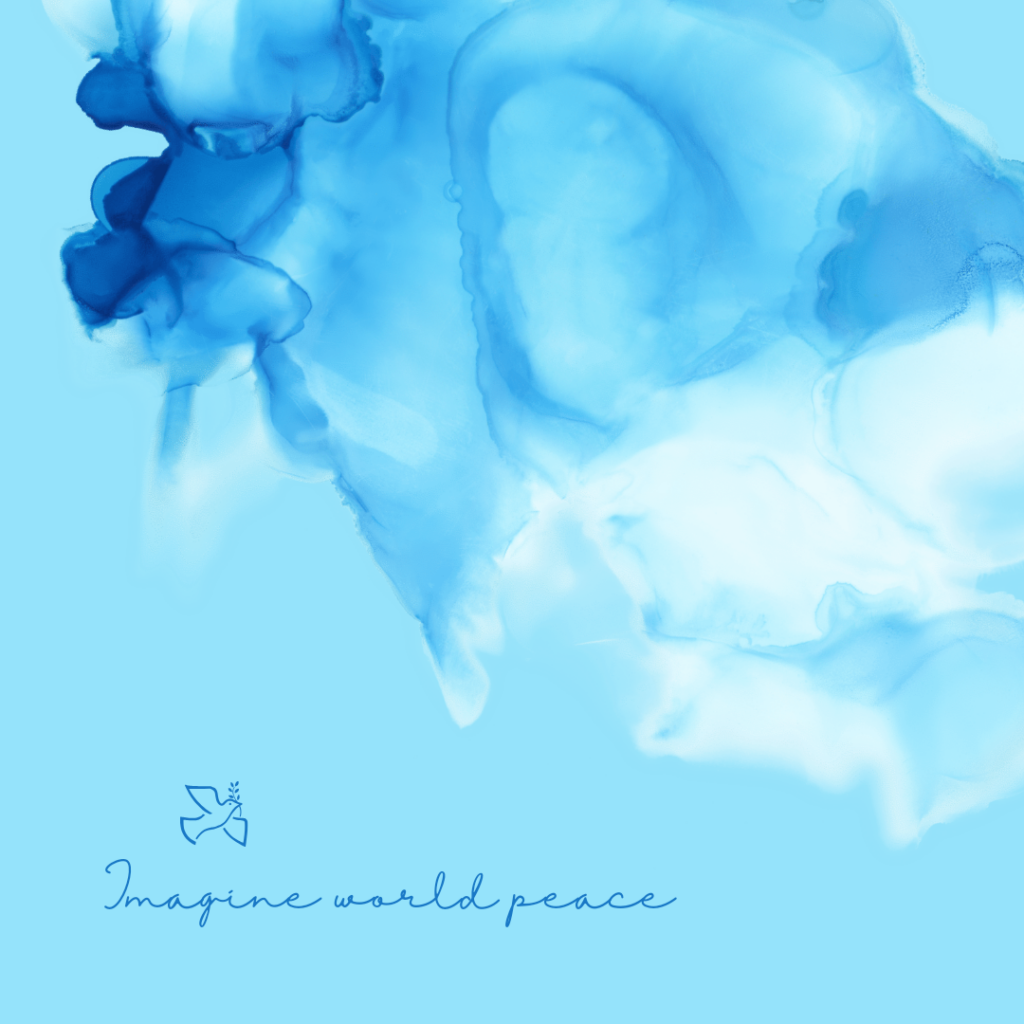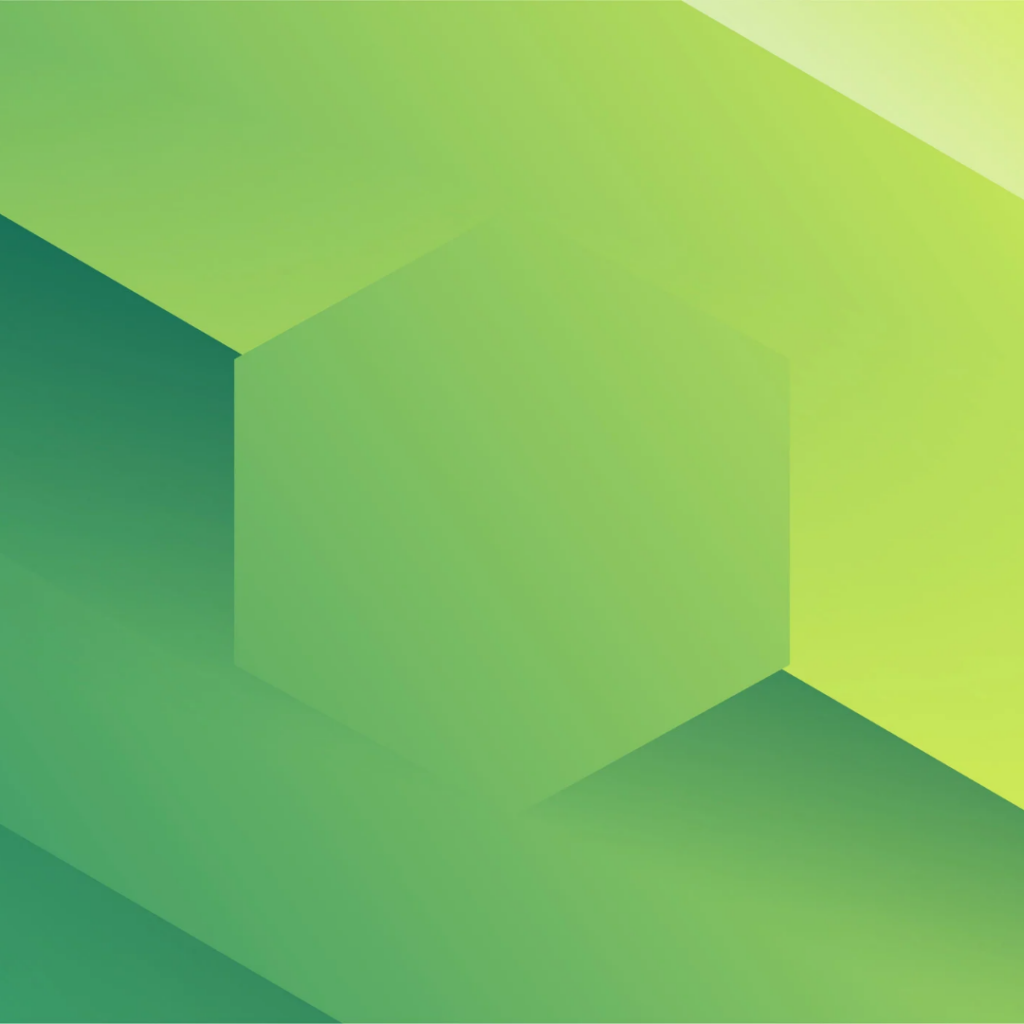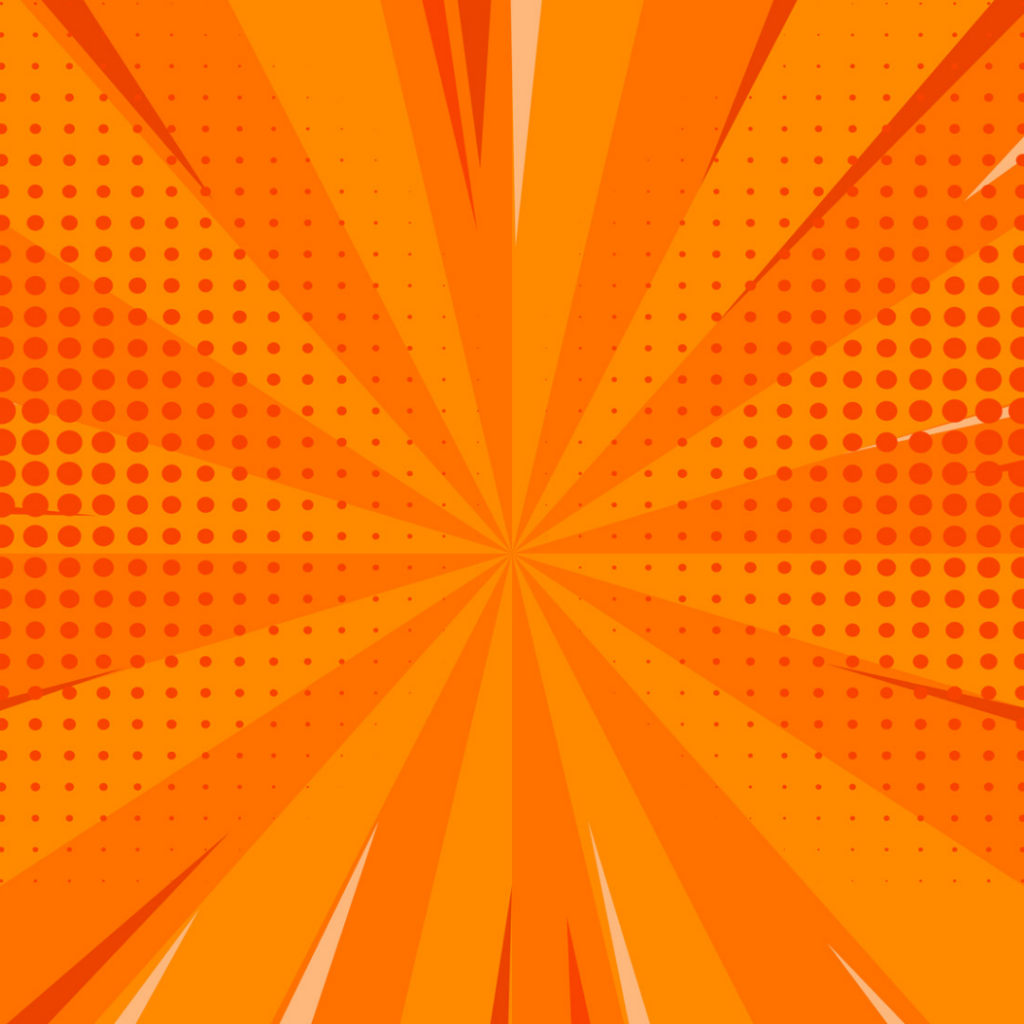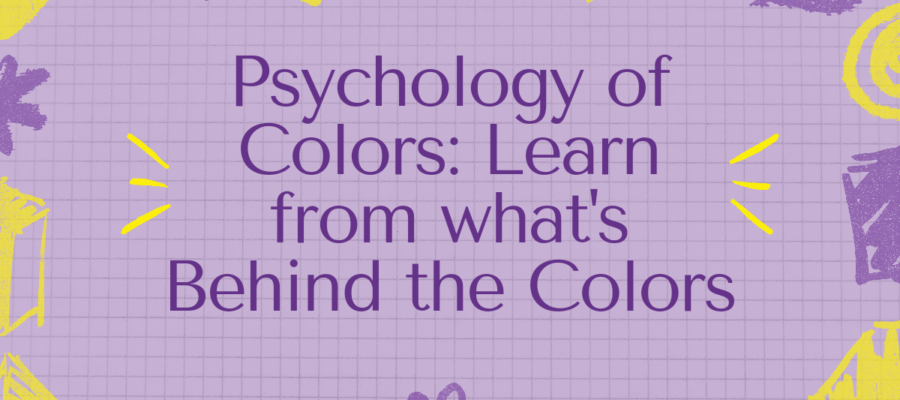Psychology of Colors is important to understand because it has a huge impact on our lives. Colors are important in our larger environment beyond their obvious role as visual stimulants. They also have a substantial impact on our emotions and psychological well-being. Moreover, the investigation of how various colors affect our emotions and behaviors has made color psychology a fascinating area of research. This blog post seeks to demystify the complex relationship between colors and emotions. So, let’s start discussing useful applications of this understanding in day-to-day living.
How different colors affects the psychology of colors ?
Psychology of colors is much necessary to know. It is because many different colors play an emotional role in our surroundings. Let’s start getting deep into different kind of psychology of colors among us.
The Peaceful Effect of Blue Color

You can use soft furnishings and artwork or make blue the main feature to infuse your living spaces with its peaceful vibe. Blue is frequently connected to tranquility and peace. Furthermore, one might surround themselves with blue colors to produce a calming and pleasant atmosphere. They are, therefore, perfect for use as beds or meditation spaces.
Use Red Carefully to Brighten Any Space
Red is a passionate and energetic color that can bring life and passion to any space. Warm red tones are a terrific choice for adding energy and vigor to a room. It is because they stimulate the mind and body. Whether it’s through accent walls or bright furnishings.
Psychology of colors for the Green Shade

Earthy greens arouse feelings of equilibrium and tranquility. It is helping us feel closer to the natural world. Furthermore , you may add greenery to your home, whether through wall paint, houseplants, or ornamental pieces. It may create a revitalizing and refreshing mood ideal for areas that call for equilibrium and concentration.
Making Neutrals As a permanent part of your surroundings
As calming neutrals, beige and grey offer a versatile palette that complements many different design motifs. These soothing, collected tones create the ideal backdrop for striking accent colors. Moreover, when painting walls and furniture in larger rooms, use neutral hues for a more timeless and flexible style.
Inspiring Sunshine Yellows to Chase Away Blues
Sunshine yellow is a cheerful and upbeat shade. Try infusing this vivid shade in workplaces and kitchens with a cheerful spirit. Furthermore, you may add a bright view and a cheerier atmosphere with the addition of yellow accent pieces, artwork, or decorations.
Purple suggest that psychology of colors is always harmonizing
Purple, a color frequently connected to wealth and spirituality, can work well with more muted hues. It will create a sophisticated yet tranquil atmosphere. Furthermore, Use lavender or deep violet tones in your living room or bedroom to create a meditative atmosphere.
Energizing with Strong Oranges

Spaces that encourage creativity and passion may benefit greatly from adding orange. It is a color that radiates warmth and energy. Orange is a vibrant and lively color that works well in playrooms and creative offices. Moreover , you may use orange for accent walls or flamboyant decorations.
Enhance Productivity with Elegant White
Though it may be viewed as neutral, white helps create a sense of simplicity and cleanliness that can boost output. White is also useful as a background color to assist in creating a space that is organized and helps with productivity.
Psychology of colors for Earthy Brown
Earth tones, such as terracotta and brown, remind us of the earth and its natural components while evoking a feeling of firmness and stability. Furthermore, Use these hues in the furniture, linens, and accent walls to create a cozy and welcoming atmosphere.
Colors of Bold Atmosphere
When personalizing places, bold accents offer a unique touch beyond the dominant color palette. So, personalize any area with vibrant textiles, artwork, or accessories. Ot will look like home.
FAQs
Q1: Could the same color elicit different reactions in different people?
An individual’s experiences and cultural background affect how they view color. Even though there are general characteristics, individual traits must be considered.
Q2: Are there any particular colors that you suggest using to reduce stress?
It’s usually advised to go for calming colors like blues and greens to reduce stress. Since everyone has different tastes, try on a range of tints.
Q3: Does the color scheme chosen for a workstation affect productivity?
Indeed, I do comprehend. Cooler tones, like white or light blue, can help people focus and get more done. On the other side brighter hues, like orange or yellow, can make people excited and creative.
Final Words
Ultimately, the intriguing discipline of psychology of colors explores how the colors we surround ourselves with impact our emotions and general well-being. Moreover, Understanding the practical applications of various colors allows us to intentionally design our living environments to evoke the feelings and goals we aspire to. Together, let us use the emotion palette to paint our surroundings with joyful, peaceful, and vivid strokes of inspiration. Let’s go on this wonderful trip.


One comment
Comments are closed.